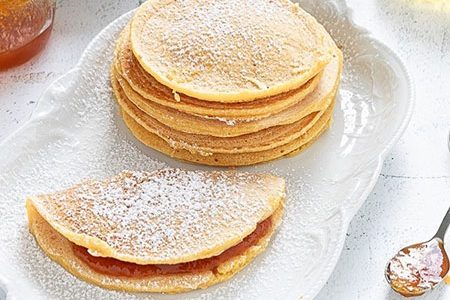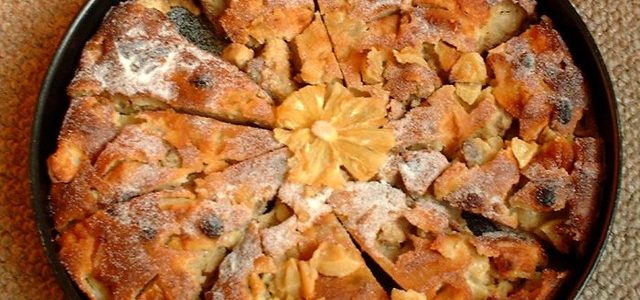Are you a fan of pancakes? Then you will love the cantarelle, the soft focaccias typical of Romagna! For a breakfast in the name of authenticity
Of course pancakes! Even before these American sweets, ideal for breakfast, broke through in Italy, in Romagna there were (and still are) the cantarelle, a similar preparation, but much more genuine and true.
Typical of Rimini, the cantarelle – "al Cantareli" in Romagna – are soft sweet scones, obtained from a batter cooked on the Romagna text, the pan used for cooking the mythological wraps.
Are you curious to try them? Make them at home, it's simple. Don't have the Romagnolo text? No problem, a classic non-stick pan will do just fine. Below the original recipe with the various steps, in the gallery the possible greedy fillings for an awakening or a mouth-watering snack!
How to make Romagna cantarelle
Ingredients
To make Romagna cantarelle at home, you need: 500 g of water, 250 g of yellow flour, 250 g of white flour, 3 tablespoons of extra virgin olive oil, salt, bicarbonate and sugar to taste.
Method
In a saucepan, pour together the warm water, a pinch of salt, baking soda, oil, yellow flour and then slowly, sprinkle the white flour, stirring constantly so as not to form lumps. You need to get a homogeneous and thick batter. Let it rest for an hour. If you have the Romagna text, it's time to put it to heat on the stove: with a small ladle pour the mixture over it (or onto a hot pan), making small discs, to be cooked on both sides, without burning them. Once cooked, put them to cool on a serving dish, season them with a drizzle of extra virgin olive oil and sprinkle the sugar.


